-
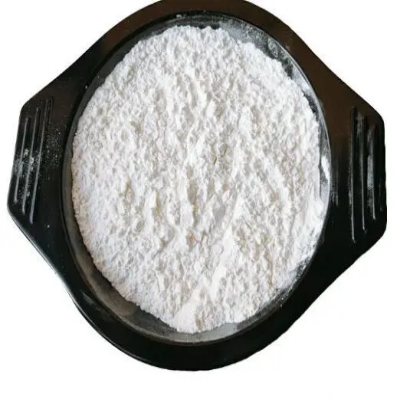
Vegan Baobab Powder
Vegan Baobab Powder is a plant-based supplement derived from the baobab fruit, known for its rich vitamin C and antioxidant content. This vegan-friendly powder offers the nutritional benefits of baobab in a convenient form, suitable for individuals following a plant-based lifestyle.
-

Vegan Ashwagandha Extract CAS:24292-60-2
Vegan Ashwagandha Extract is a plant-based supplement derived from the Ashwagandha herb, known for its adaptogenic properties. This vegan-friendly extract offers the potential health benefits of Ashwagandha in a form suitable for individuals following a plant-based lifestyle.
-
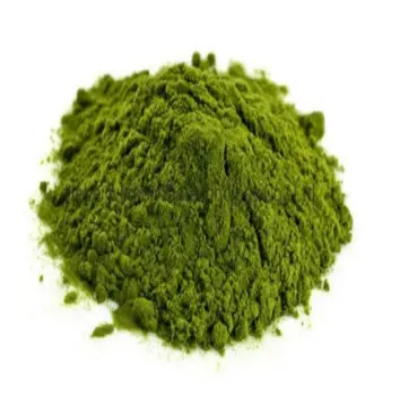
Vegan Acai Berry Powder
Vegan Acai Berry Powder is a plant-based supplement derived from the acai berry, known for its rich antioxidant content. This vegan-friendly powder offers the nutritional benefits of acai berries in a convenient form, suitable for individuals following a plant-based lifestyle.
-

Vegan 5-HTP CAS:4350-9-8
Vegan 5-HTP is a naturally derived supplement that provides the precursor to serotonin, a neurotransmitter associated with mood regulation. This vegan-friendly formulation offers the benefits of 5-hydroxytryptophan (5-HTP) without the use of animal-derived ingredients, making it suitable for individuals following a plant-based lifestyle.
-

Tranexamic Acid CAS:1197-18-8
Tranexamic Acid is a synthetic derivative of the amino acid lysine. It is known for its antifibrinolytic properties, which means it helps to prevent the breakdown of blood clots. Tranexamic Acid is used in various medical applications, particularly in controlling or reducing excessive bleeding.
-

Soy Isoflavones CAS:574-12-9
Soy Isoflavones, also known as soy phytoestrogens, are bioactive compounds naturally occurring in soybeans and soy products. They exhibit properties similar to the hormone estrogen and belong to the group of phytoestrogens. Research suggests that Soy Isoflavones may offer various health benefits, contributing to their popularity as dietary supplements.
-
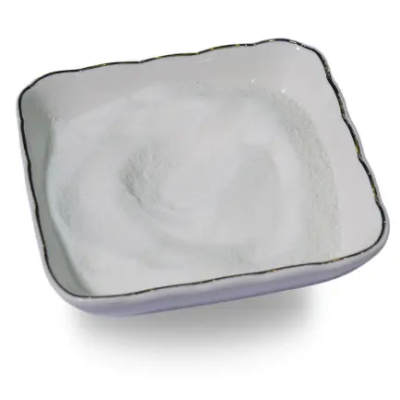
Puerarin CAS:3681-99-0
Puerarin is a natural isoflavone compound found in the root of Pueraria lobata, also known as kudzu. It has been studied for its potential health benefits, including its antioxidant, anti-inflammatory, and neuroprotective properties. Puerarin has also been investigated for its potential role in traditional Chinese medicine for various health conditions.
-
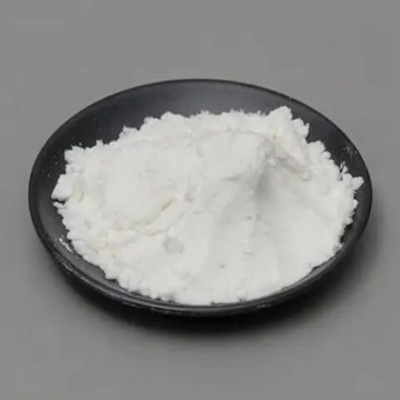
Phloretin CAS:60-82-2
Phloretin is a natural compound found in apples and the bark of apple trees. It belongs to the class of compounds known as dihydrochalcones. Phloretin has been studied for its potential health benefits, including its antioxidant and anti-inflammatory properties. It is also being investigated for its potential role in skincare products due to its ability to protect against UV damage and improve the appearance of skin.
-
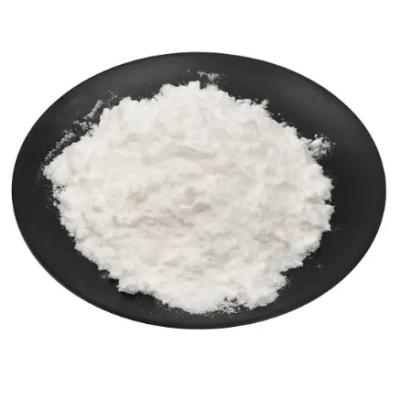
Tripeptide-2 CAS:64577-63-5
Tripeptide-2 is a peptide consisting of three amino acids linked together. With a molecular weight of approximately 363.44, it is recognized for its potential skin-renewing properties. This peptide has been studied for its purported ability to support skin rejuvenation and address signs of aging, making it a sought-after ingredient in skincare formulations.
-
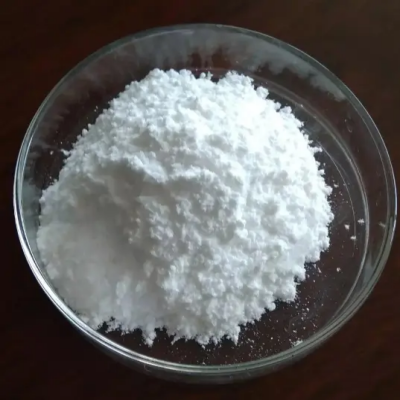
Sodium L-lactic acid CAS:867-56-1
Sodium L-lactate, also known as sodium L-lactic acid, is the sodium salt of L-lactic acid, a naturally occurring organic acid. It is commonly used in food and beverage products as a preservative, pH regulator, and flavoring agent. Sodium L-lactate also has applications in the cosmetic and personal care industry as a humectant, pH adjuster, and moisturizing agent.
-

Trimethylglycine CAS:107-43-7
Trimethylglycine, also known as betaine, is a naturally occurring compound found in various plants and microorganisms. It is commonly used as a dietary supplement and is involved in various metabolic processes in the body. Betaine is also utilized in the food and beverage industry as a flavor enhancer, and in the cosmetic industry as a moisturizing and conditioning agent.
-

Sodium Lactate CAS:312-85-6
Sodium Lactate is the sodium salt of lactic acid, commonly used in various industries, including food, pharmaceuticals, and personal care. It is valued for its moisturizing and humectant properties, as well as its role as a pH regulator and preservative.

